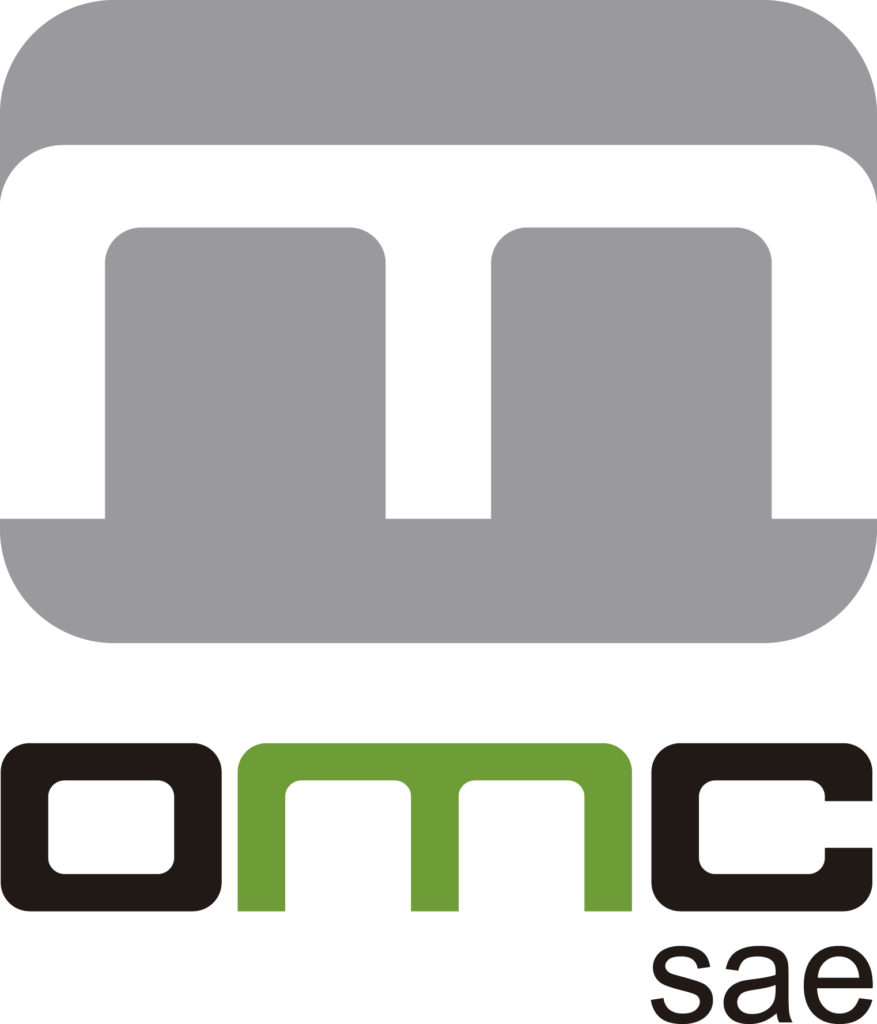In a recent interview on Converting Today; Kevin Abergel, MGI Marketing Director, a manufacturer of digital printing and finishing equipment that recently made its first foray into container handling and finishing with the launch of a new varnishing equipment with reserve JETvarnish 3D, talks about the plans of the company in the sector.
What has been the reaction of customers in the packaging and converting industry to the launch of JETvarnish 3D?
The response has been overwhelming, especially in the packaging and converting industry. It all starts when they approach the machine and see what comes out of it.
The exciting thing is that the first thing people do when they get to the stacker at the exit of the machine is to stop, look closely, and touch the 3D varnished sheet. It always happens, and that tells us everything we need to know about whether or not this machine will have an impact on the future of printing and packaging.
Imagine the potential of a printed sheet or package from a marketing and impulse buying point of view, when the first thing people want to do is reach out and touch the product; it provokes an emotional response that cannot be communicated with vision alone.
It is tactile; people want to interact with the product, and for once it is not an iPad or a gadget, but a printed sheet. I firmly believe that this is just what the industry needed - something to make printing attractive again.
What seems significant to me is that this reaction is not only from the printers; also print consumers, luxury brands, and we even see this same reaction in people who do not belong to the sector. We are seeing the same response in the general public.
What types of companies have expressed the most interest?
We have observed interest mainly from manufacturers, from those who print and finish the final product, something totally logical.
However, with the new machine we are also seeing print consumers - that is, the companies and brands we all know - also speak highly of the machine, and even tell their outsourced printers and packers to come see it from close.
Their reaction was positive, because their first impression was about the quality of the finished product, followed by the question: "Who has one of these machines to be able to hire you work?" As a manufacturer, we couldn't be more pleased to hear something like this.
Adding our sheet-to-sheet ARC registration system means that we can achieve high registration accuracy with digitally printed sheets, which is a great market opportunity for us.
Given that our digital UV-reserve coating equipment is capable of handling variable data, has no screens or plates, requires little set-up, and is open to the short and long run market, it seems clear that our solution is aimed at those printers that work with both offset and digital technology in their production chain.
When will we see the first installations of the JETvarnish 3D machine; and which countries are expected to be the first to adopt it?
The version of the JETvarnish system introduced in 2008, which only performs 'flat' UV varnishing, can be found in more than 40 countries, with a total of more than 120 units installed.
The new model, which was presented at the Drupa Fair 2012 and began to be sold in mid-November 2012, already has a production queue of 25 sold units.
In the last months of 2012, we have been busy installing JETvarnish 3D on an international scale. Our facility schedule keeps us very busy, with multiple installs per week for the next several months.
How important is the container and packaging sector for MGI? Do you consider it an area of business expansion? And if so, in what sense?
We view the sector as a stabilizing force in the printing industry. It is not as affected by economic conditions as the printing industry. It is known to all that, when things go wrong, one of the first budgets to be cut is that of marketing, which directly affects commercial printers, who in turn print fewer brochures, flyers, posters and reduce expenses to survive.
Packaging is different, because the market is not so affected by market conditions, content digitization and budget cuts. While graphic arts have traditionally been associated with the marketing budget, packaging is included in the production budget. Whatever we buy, in all probability it will be presented in some type of packaging, even if the customer buys it online.
For this reason, as long as there is trade and companies manufacture products, they will need to be packaged, and the sector acts as a stabilizer for the printing industry as a whole.
We immediately saw that JETvarnish 3D was a product potentially capable of influencing both market segments. Proof of this is that more than a third of our clients potentials of the JETvarnish 3D system come exclusively from the container and packaging sector, a fact that we cannot ignore.
Was targeting companies in the packaging sector a premeditated action on the part of MGI?
We went to the Emballage show this year as a market test, to see if the JETvarnish 3D system would generate interest in the sector. The tremendously positive response from manufacturers and buyers confirmed our suspicions that JETvarnish 3D has a place in the packaging and handling segment. Our intention is to continue striving to consolidate ourselves in this market.
Emballage is a relatively new appointment for MGI. To what extent was it a success and what trends did you observe during the fair?
We had already participated in Emballage in 2008 and 2010, and we had won the Oscar de L'Emballage in 2008 with the original JETvarnish system, which was considered the best new production machine.
However, although the specialized press and associations received us very positively, our presence at the fair never resulted in too many final sales. Perhaps we are ahead of our time; the packaging and converting industry was perhaps not yet ready to accept the digital process as a viable alternative to conventional processes.
Whatever the reason, things have changed a lot since Emballage 2010. Las keywords that emerged in my conversations during the last edition of the fair were short runs, on demand, customization, sustainability and added value.
What value did the presence at the fair have for MGI?
As on other occasions, Emballage served us as a market test to test the reaction of the professionals. It is also important to remember that three-dimensional varnishing is new to the market. It's not something that consumers ask for frequently, so we know there is a lot of education work ahead. We have to show customers what new technologies allow them to do.
Benny Landa did the same with Indigo equipment for years before digital printing became mainstream. So we use Emballage as a springboard to get the message out that “3D varnishing exists, it is not too expensive, it allows short or long runs, it supports variable data and it could be a good path to take if you are looking to differentiate yourself from the competition.”
What is your current situation? What challenges do you think your clients will have to overcome given the difficulties that the economy is currently going through?
I think both are directly related. Unfortunately, printers have stopped competing with each other on quality (a good thing) to only compete on price (a bad thing). This means that the main weapon for printers to maintain their competitiveness is to erode their margins to the point of obtaining very few profits, which in practice leads to the trivialization of printing.
When they purchase an MGI machine, our customers buy the ability to differentiate themselves from the competition. They seek to offer something exclusive and different so that the products they create carry a high margin - sometimes very high - for their business.
The JETvarnish system, for example, provides a markup of around 80-90% for each job, which is very attractive to customers. Not only do we want to increase their margins, but we also want to restore interest in print, something that also appeals to brand managers.





